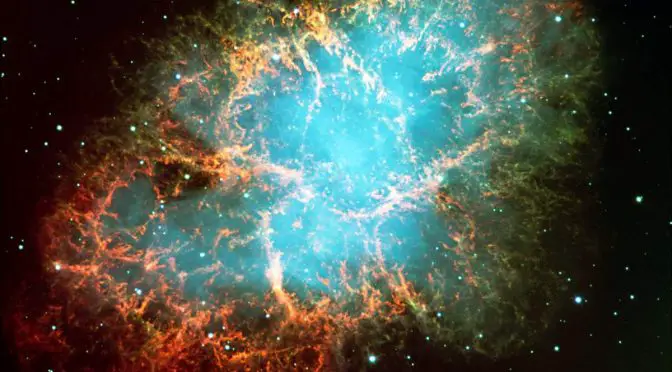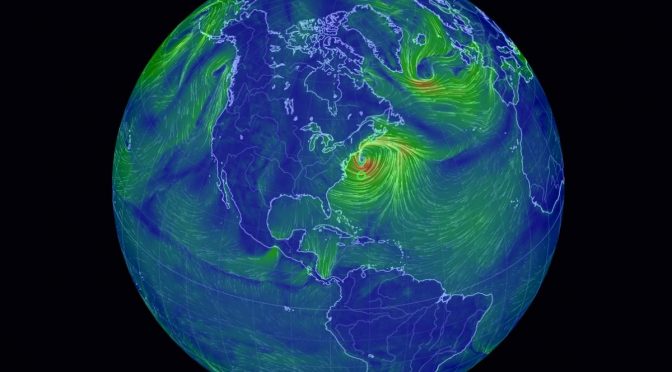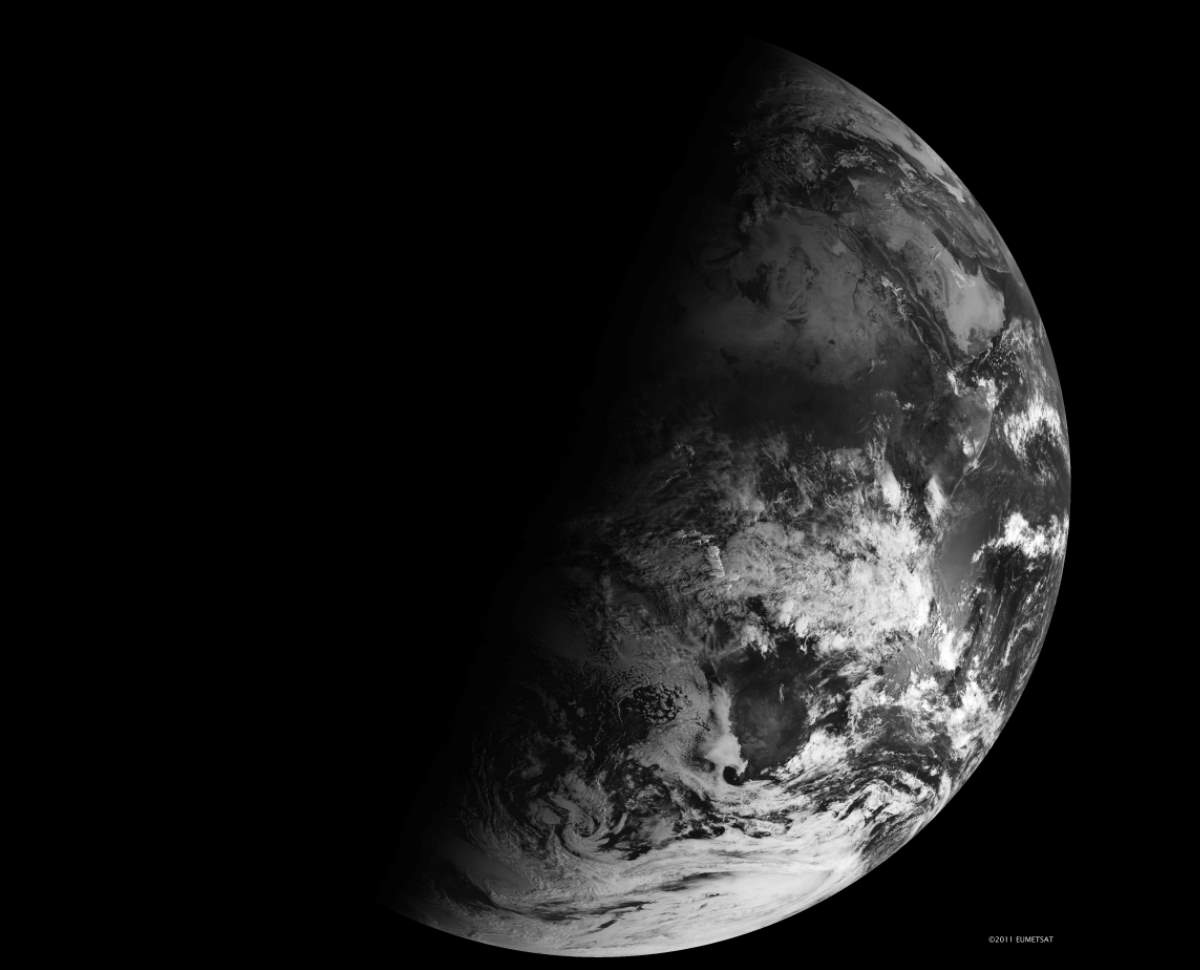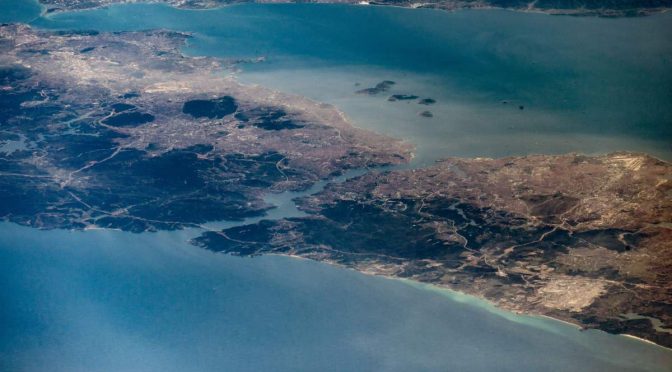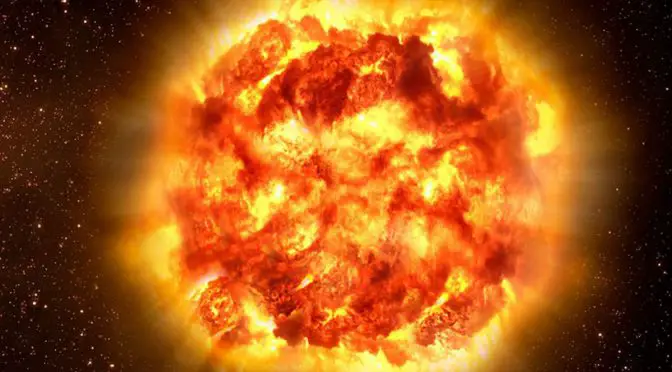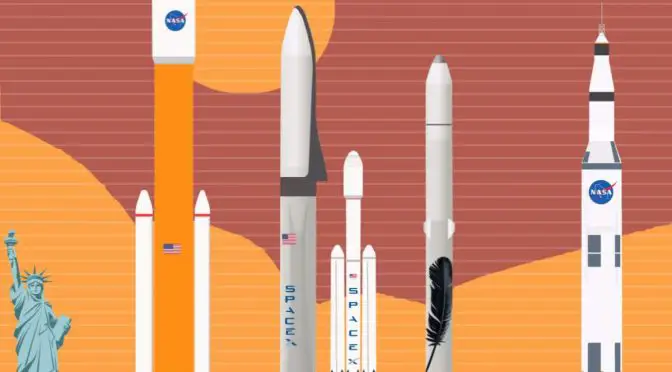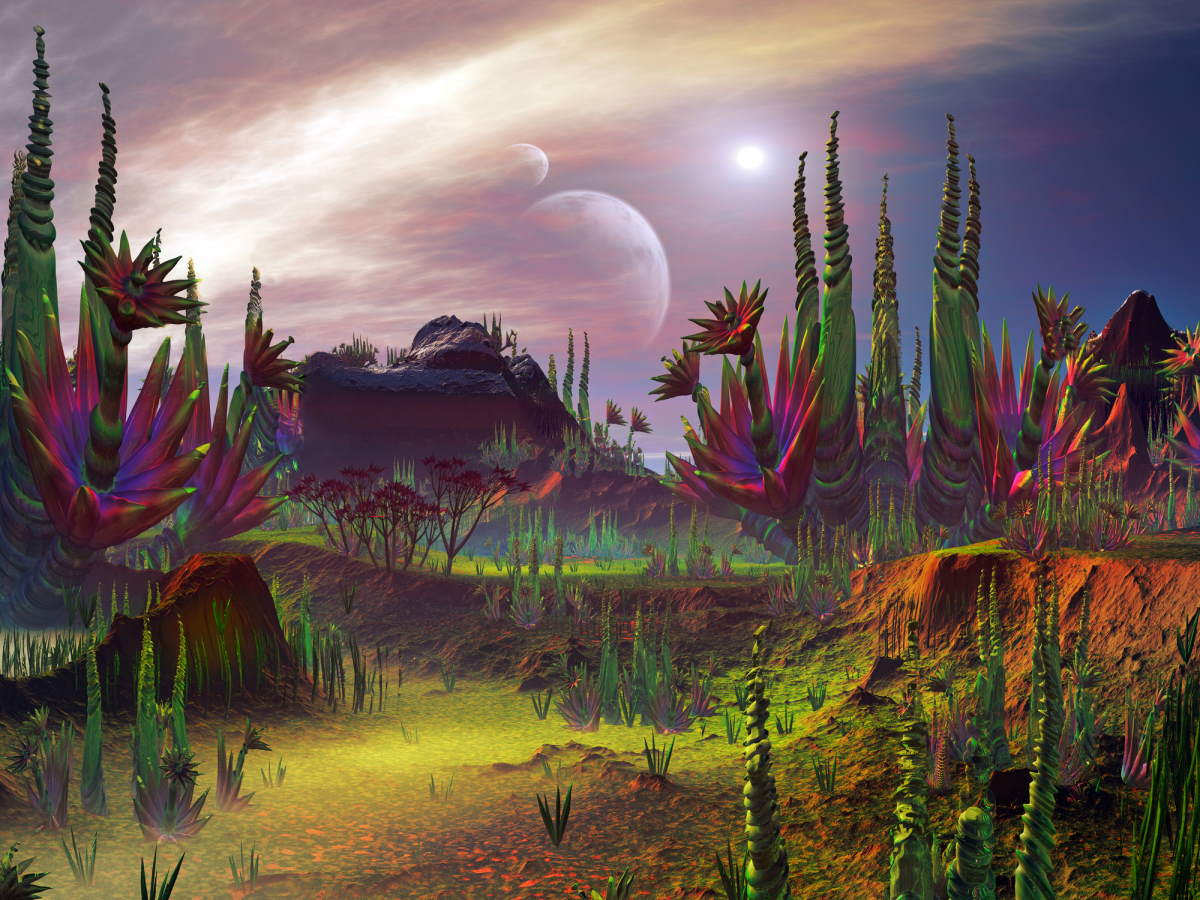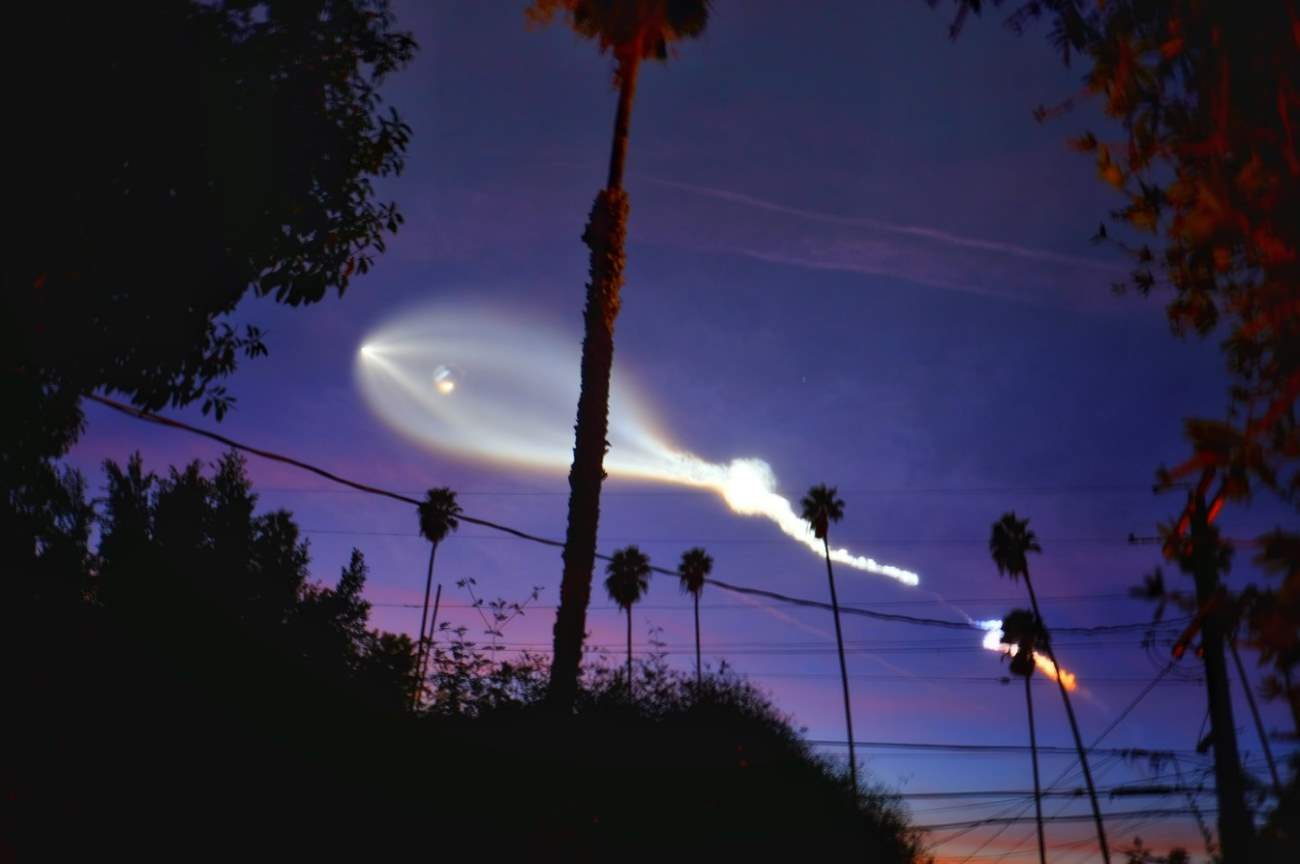This is how the Crab Nebula was born: in 1054 A.D, a new, very bright star has appeared in Earth’s sky, in the constellation Taurus. Chinese, Japanese, Korean, and Arab astronomers observed the event and noted: “a new bright star emerged in the heavens”. The star was so bright: for nearly three weeks, it was visible even during the daytime, under the hot, shiny summer sun, and remained visible for around two years (653 days to be exact). Today, we know that that “heavenly star” was actually a supernova (SN 1054, see notes 1), and its remnant is what we now know as the Crab Nebula today (catalog designations M1, NGC 1952, Taurus A).
